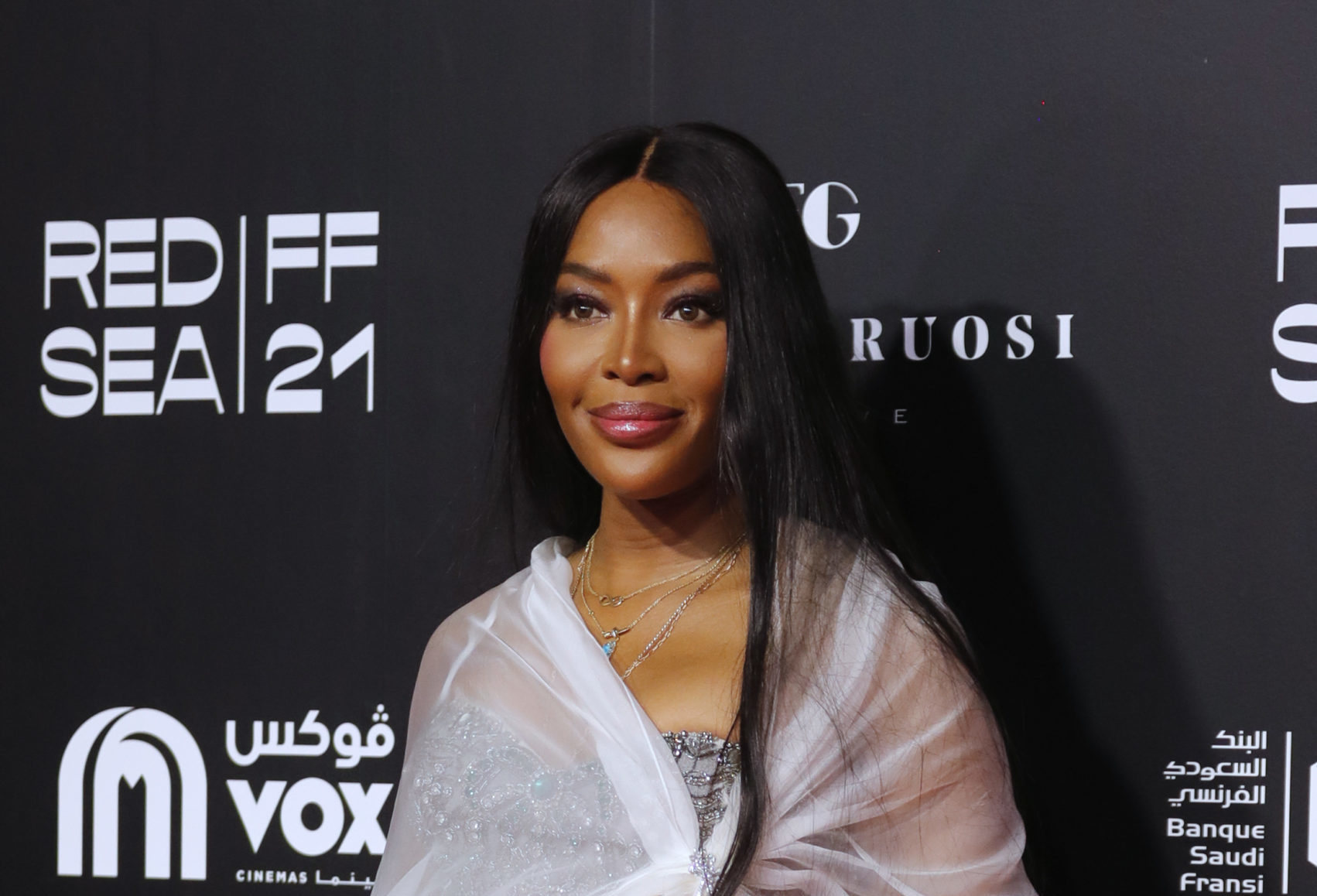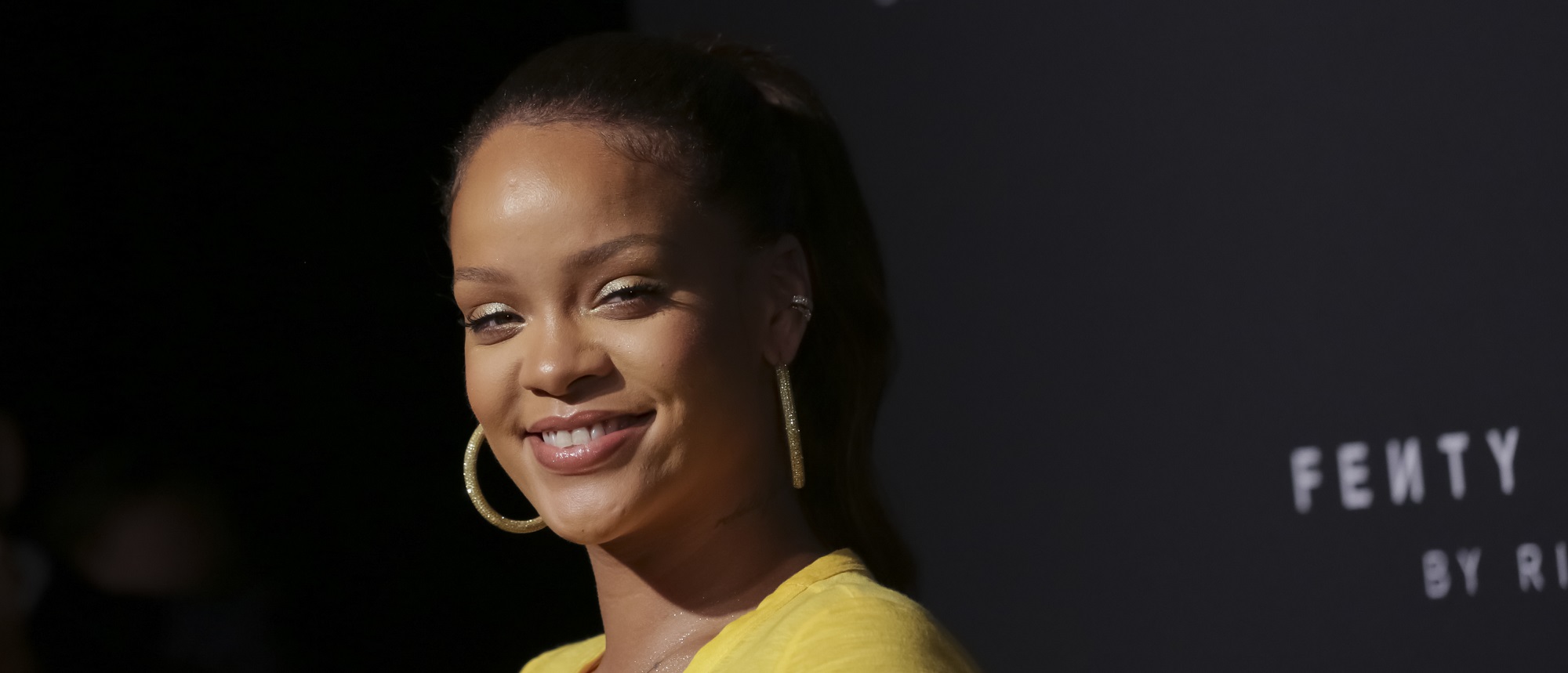There has been a long history of women of color being overlooked when it comes to the beauty industry. For decades, the standard of beauty was centered in whiteness and has been reflected in the limited shade ranges of makeup and a lack of products formulated for Black and brown skin, according to McKinsey & Company.

From Naomi Campbell to Cicely Tyson, women of color have suffered at the hands of both lack of product and inexperienced makeup artist. Both Campbell and Tyson have their horror stories of being made to look gray because their MUA simply didn’t have their foundation shades.
While sitting down with BBC’s Woman’s Hour, Campbell said “when I think back to when I started modeling in ‘86, trying to find makeup of color was very very difficult. Very few shops that had it… it was limiting.”
She revealed that while shooting for the cover of Italian Vogue, her makeup artist told her “we didn’t know you were Black.” She added, “he said he didn’t have the foundation for me and he therefore had to mix some colors that he had foundations for to try to make up my color, and that consisted of a lot of gray.” She admitted that when the cover came out she cried before saying that she had that experience many times throughout her career.

Tyson told The Hollywood Reporter that she never used to watch herself on screen, “by the time we were finished, we looked gray rather than Black,” she said. “It was very uncomfortable to look at yourself because it didn’t look like me.”
And while these horror stories are from a while ago, we are still seeing that same lack of inclusivity today.
In late 2023, Youthforia makeup launched their Date Night skin tint serum foundation. The initial launch included 15 shades but only four of them were medium deep to deep shades. After facing backlash for the lack of inclusivity, the company’s founder– Fiona Co Chan released a, now deleted, statement explaining that the launch was basically a tester to see how successful the product would be, NBC News reported.
Following more criticism as people felt like Chan’s response lacked accountability, she released another, now deleted, video in which she apologized adding that when she “first started Youthforia two years ago, all [she] wanted to do was create a safe space where individual beauty could be celebrated. And unfortunately with our latest launch, we just fell short of that mission.”
Fast forward to 2024, YouthForia extended the Date Night foundation line to include seven more medium deep to deep shades.
Tik Tok influencer, Golloria along with many other beauty influencers have slammed Youthforia, for their lazy attempt at their new darkest shade, 600 Deep. After doing a review of this new shade, Golloria referred to it as “tar in a bottle” because it is comparable to black face paint. Many people speculated about the shade lacking undertones like the other shades in the same line have. Golloria took her review a step further by comparing the second darkest shade to 600 Deep and the results were shocking to say the least. There could be more than a few shades between 590 Deep and 600 deep, plus 590 with its red undertones could not possibly be a step above a straight black foundation shade.
Javon Ford, a cosmetic chemist also made a Tik Tok video breaking down the ingredients of both the lightest and darkest shades of Youthforia’s foundation. He discovered that the lightest shade included three color pigments yet the 600 Deep only contained one, CI 77499, known as black iron oxide, basically a “black color pigment.” He even went on to debunk those who suggested the 600 Deep was meant as a mixing pigment: “that makes no sense. Anyone who has ever taken an art class will tell you that black is a terrible pigment to mix with because it just makes things gray and muddy. And skin tones typically have some combination of eumelanin and pheomelanin. The pheomelanin is where we get the red and yellow undertones,” he said before adding that this problem could have been “so avoidable.”
And considering that skincare research has often excluded people of color, and marketing campaigns rarely feature diverse models, it’s no wonder that black face paint is being marketed as foundation. Taking things a step further, this marginalization has roots in colonialism and slavery, where European features were seen as superior. The message sent was clear then and it’s clear now: beauty wasn’t for everyone.
But see, the funny thing is, there’s a lot of revenue in addressing and doing something about the lack of inclusivity and racial inequality in the beauty industry. According to McKinsey & Company, this could be a $2.6 billion opportunity, “better serving Black consumers and supporting Black beauty brands could lead to greater equity across the entire beauty industry—for shoppers, entrepreneurs, large beauty houses, retailers, and investors.”

Rihanna’s Fenty Beauty made a whopping $1 million in a little over a month, according to British Vogue. The release of Fenty Beauty shattered glass ceilings in the cosmetic industry. Launching with 40 (now at 50) shades of foundation out the gate, Fenty came into the game swinging– and it was straight KOs all around.
And if we’re being honest, it wasn’t just about offering a wider range of shades, it was about making these women feel seen and valued. Fenty Beauty struck a chord with women of color who had been ignored by the beauty industry for far too long. This resonated deeply and sent a powerful message to the industry: women of color have significant buying power, and there’s a huge demand for products that cater to them. Why do you think Fenty Beauty’s darkest foundation shades sold out first?
In addition to Rihanna, we salute the many Black women that have made monumental strides in making the beauty industry more inclusive like Jackie Aina, a beauty influencer who is a champion for Black women in beauty. From her makeup tutorials on YouTube to her fearless attitude, Aina is known for tackling issues like inclusion and equality in the beauty world. Her fearlessness and need to provide Black women with open and honest makeup reviews landed her a partnership with cosmetic brand, Too Faced, who she called out for not being inclusive. “I’ve been championing diversity since I first started my YouTube channel,” Aina said in an interview with Allure. “I appreciated that Too Faced acknowledged that they needed to better meet the needs of everyone, and asked me to come on board to help them get it right.”

Paving the way for future generations is makeup legend Pat McGrath. A true artist, McGrath’s work has graced countless runways and magazine covers. She’s not just a makeup artist though, she’s a pioneer who has redefined beauty with her innovative techniques and her own successful makeup line, Pat McGrath Labs. While on Woman’s Hour, Campbell praised McGrath for not only her artistry but also being a genuinely nurturing person. She mentioned being able to relax when McGrath did her makeup because she knew she would still look like herself once she was done. McGrath’s influence transcends race, but her success as a Black woman in a historically white-dominated industry is hugely inspiring.
When it comes to the history of the beauty industry, it’s one of exclusion for women of color. From limited shade ranges to a lack of representation in marketing and research, the message was clear: a narrow definition of beauty reigned supreme. However, a shift is underway. Brands like Fenty Beauty are proving the financial power of inclusivity, while trailblazing figures like Jackie Aina and Pat McGrath are redefining beauty standards. While challenges remain, the fight for inclusivity is gaining momentum, promising a future where the beauty industry celebrates the diversity of its customers.
The post The Makeup Industry’s Persistent Failure to Serve Women of Color appeared first on American Urban Radio Networks.




